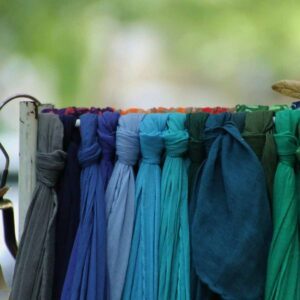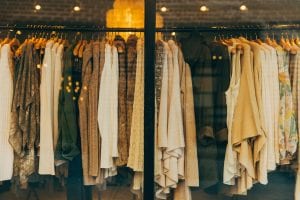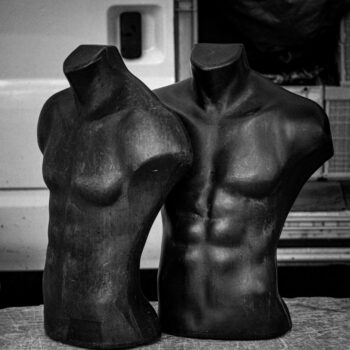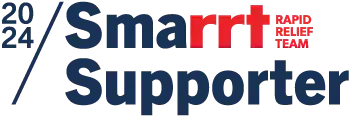The retail industry is a constantly evolving landscape. As society and technology progress, so does the retail industry. Considering this, it is important to have retail displays that are easy to rearrange. This will ensure that retail owners can stay ahead of the customer experience and its changing needs.
Research found that changing the layout of your store can increase your sales by up to 50 percent.
One of the most effective methods of approaching this need is the use of modular shopfitting solutions. These versatile displays provide store owners with the flexibility they need to create displays that can evolve with society. These display solutions include the use of floor displays, which enable adjusting the floor plan and maximising space optimisation.
Bridging the Value Gap – Using The Secret Sauce
The concept of a value gap is important for understanding the interior design of retail store layouts. These details contribute to the customer experience created within the retail store environment. In the retail industry, the value gap is the difference between what the customer expects and what they receive.
The retail store needs to find ways to bridge the value gap. To do this, the retailer needs to understand the customer behaviour and create exceptional customer service. Store owners often overlook the different approaches to bridging the value gap, when designing their retail store.
The magic behind customer experiences.
Retail stores often underutilise using strategic layouts as a sales method. The design and layout of the retail displays play a role in the overall success of the retail store and its sales. Understanding the layout of a retail store and the different options is important to consider. This understanding can ensure that the merchandise displays are the best fit for the brand and business goals and know when to change them.
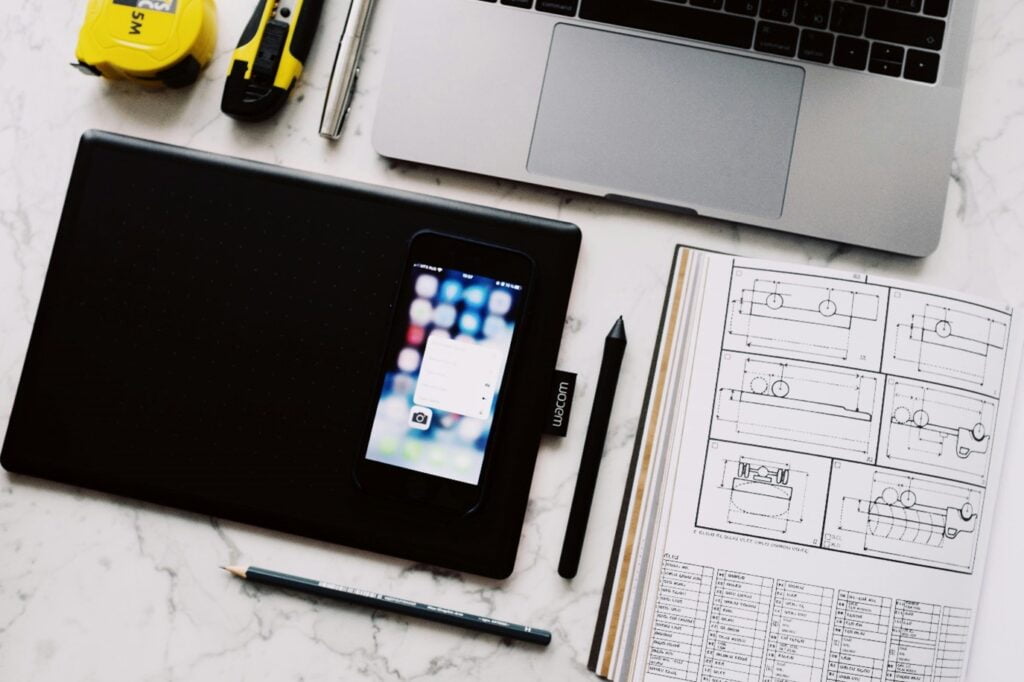
Choosing the correct store layout and modular shopfitting solutions to support these layouts improves the customer experience. This can impact the overall retail store design and influence customer buying behaviour.
- Grid Layout: The grid layout allows businesses to control their inventory. A grid layout is the placement of shelves in a consistent pattern across the store. This method makes it easy for customers to locate products and reduces white space. This method is best for convenience stores and larger retail spaces.
- Loop Layout: The use of the loop floor plan creates a more controlled traffic path for customers to take. Many people consider this a forced path, creating a closed loop that customers follow while they browse the store. The loop floor layout encourages impulse purchases and creates a journey through the retail store, for the customer.
- Free Flow Layout. Free-flow layouts incorporate traditional elements of retail, including window displays, and entry and and exit. The remainder of the layout provides creative freedom to the browsing customer. Retailers use this method for creative and non-traditional merchandising displays.
- Spine Layout: This method of floor plan creates one main pathway called the “spine” and then has smaller aisles that branch off. Using a spine layout to create a floor plan uses one main pathway, known as the “spine”.
This pathway then has smaller aisles that branch off the make the “ribs”. This method is common in department or concession stores. The spine layout guides customers to various departments within the retail store.
- Geometric Layout: This method of store layout features a variety of different shapes throughout the store. This creates a unique customer experience when browsing the various products. The retail owners design the merchandising method around the layout to make it easier for customers to find products.
- Boutique Layout: This floor layout method is similar to a free-flow store layout. As the name suggests, it is popular with small retail spaces and boutiques.
This is because these businesses only have limited space for merchandise displays. Consequentially, these retail stores don’t have a floor plan but instead, create an aesthetic in their retail space.
- Mixed Layout: The mixed layout is a method of store layout that combines the elements of two or more into one layout. This method creates a more personalised experience for the customer and often represents the store’s brand and merchandising needs. Large retail stores often use the mixed layout to create a unique customer experience and differentiate themselves from competitors.

The Role of Modular Shopfitting Solutions
Creating a floor layout that effectively communicates your brand but also creates a good customer experience is important. This is often a continuous exercise for retail store owners, as the merchandise changes, with every season and trend. This often requires a change in the display furniture and the floor layout, to better suit the merchandise.
Using modular shopfitting solutions in your retail store significantly enhances your ability to bridge the value gap. This shopfitting system allows you to implement continuous display strategies and ensure your store benefits with an increased ROI. Modular shopfitting solutions offer more flexibility and easy customisation, leading to key advantages for retail stores:
- Adaptability. These display solutions enable the retail owner to redesign and reconfigure the display, quickly to accommodate the merchandise. This means that the display adapts to changing merchandise, in-store promotions, and new floor layouts. The flexibility of these solutions ensures the retail space remains relevant and engaging for customers over time.
- Efficiency. Store owners can maximise the space they have available using modular displays. This means they can better optimise their display stands and place their merchandise more efficiently.
Modular shopfitting solutions help ensure retailers improve their operational efficiency and reduce wasted floor space. This creates a more streamlined and cost-effective retail environment, leading to an improved customer experience.
- Branding Opportunities: The main appeal behind a modular shop display is the ability to customer the retail space. This allows the store owner to create a branded display, matching the brand identity through aesthetics. These displays also allow for unique merchandising display methods without the use of bespoke retail fitouts. Using various elements of these modular displays retail owners can create cohesive visual merchandising by using creative signage and interactive displays.
Modular displays are easy to adjust and enable the retail owner to create a memorable experience in their store. This allows the freedom to continuously create and adjust displays to meet the customers changing needs.
- Cost Effective: The purpose of a modular display is to be able to reconfigure the design, as needed. This means that these displays are a more cost-effective solution.
Retail store owners can easily refresh their store, without having the expense of refitting the entire store. Owners can simply change the layout and finishes of a display to create a new look and feel. This reduces product wastage and operating costs.
Conclusion
In the dynamic world of retail, the design of physical stores plays a crucial role. These stores shape the customer’s perception with the design and drive the business’s success. By leveraging the modular shopfitting solutions retail owners can bridge the value gap and create a memorable experience. Modular shopfitting solutions are visually appealing and allow minimal disruption of retail operations, through their flexible nature.
UniSlot by Apex Display has been designed with a bespoke look and modular functionality. Contact us today to discover how we can support your retail goals.



